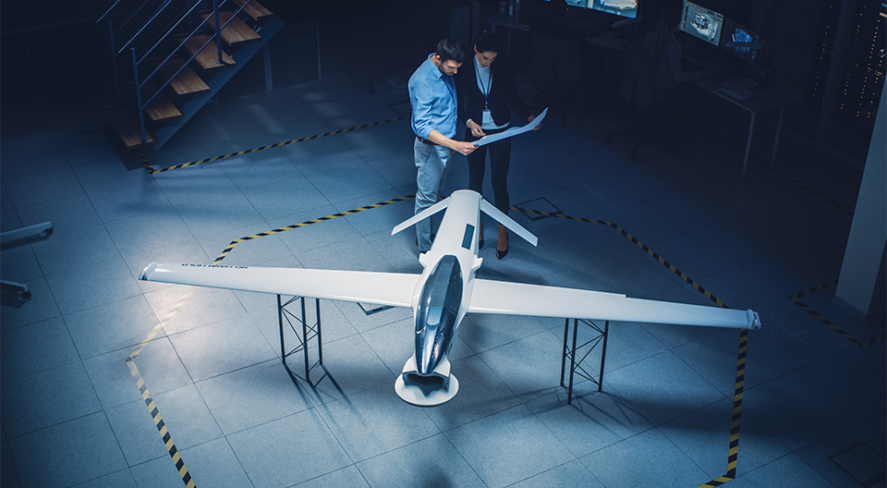Autonomous Solutions Gaining Acceptance From Regulators, Law Enforcement and Hollywood

Security practitioners who want to deploy advanced solutions sometimes find themselves constrained by laws and regulations that cannot keep up with the pace of technological change.
Federal Aviation Administration (FAA) rules related to uncrewed aerial vehicles (UAVs), or drones, for example, can take months or years to be developed, put through the public comment period, revised and adopted, by which time the relevant technology has likely advanced well beyond what was to be addressed by a rule that was drafted long ago.
Despite these challenges, the FAA has made notable progress in enabling drone operations under tightly controlled conditions. Now an announcement by Asylon Robotics of successful beyond-visual-line-of-sight (BVLOS) test flights of multiple DroneSentry and simulated UAVs by a single operator has raised hopes that those conditions could soon be safely eased.
The test flights involved one person in a command center simultaneously controlling six drones flying in two locations in New York and Pennsylvania. The results of the flights, Asylon said, will “help define the next set of standards for safe beyond-visual-line-of-sight operations.” Whereas federal regulations now require a one-to-one approach, with each UAV having at least one operator within its line of sight, the ability to deploy one-to-many BVLOS drone operations could help to enable drones’ full autonomous, force-multiplying potential.
“Innovation moves at the speed of imagination, and government policy has finally caught up,” Asylon Chief Revenue Officer Michael Quiroga said. “2024 is going to be the breakout year from an aerial robotics perspective. We will see fleets of automated security drones controlled by a single operator remotely. It’s an exciting time to be a security practitioner.”
The coming year could also be a significant one for ground-based autonomous solutions.
While robots have had many roles in movies and TV shows, they typically have been the stuff of science fiction. Now, though, RADDOG, a real quadruped robot from Robotic Assistance Devices, is appearing in Stars on Mars, a FOX reality show hosted by William Shatner in which celebrities from movies, TV, music and professional sports compete against each other in an environment that simulates conditions on the red planet.
“Lost in Space had their robot, Star Wars had their R2D2 and similarly, RADDOG was a big part of our cast,” Stars on Mars Executive Producer and Showrunner Charles Wachter said. “It performed both a functional role in the series – as sentry security for the crew, with remote viewing and also as a companion. It has a ton of personality, but even more capabilities.”
RADDOG’s star turn, Robotic Assistance Devices said, “showcases the extraordinary advancements in robotics and AI.”
Meanwhile, another robotics company, Knightscope, recently announced that one of its devices is getting a high-profile assignment of its own. As part of a pilot program with the New York Police Department, the company’s K5 robot will be deployed – with a human partner – to Manhattan, likely to a subway station, for six months.
“Technology is here, and we cannot be afraid of it,” New York City Mayor Eric Adams said. “If we were not willing to move forward and use technology… to properly keep cities safe, then you will not keep up with those who are doing harmful things to hurt New Yorkers.”
The SIA Autonomous Solutions Working Group develops resources related to the deployment of security drones and robotics. SIA named autonomous solutions as one of the 2023 Security Megatrends.
